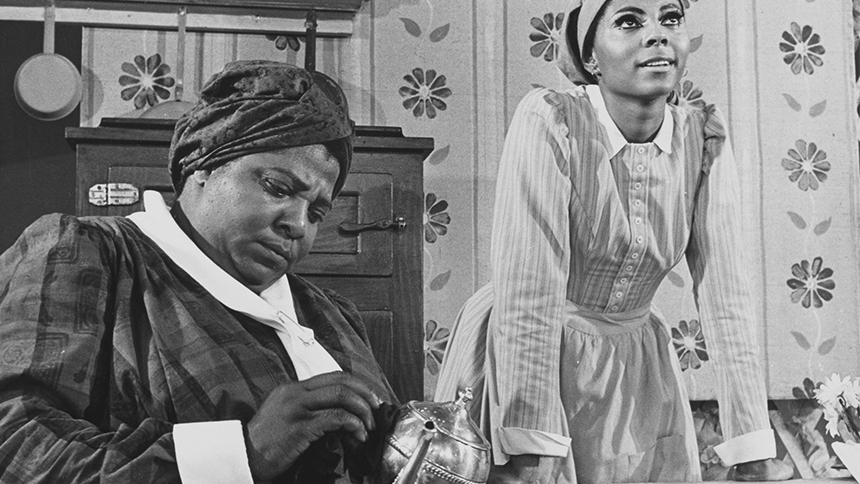“Hallelujah, Baby!”: African-American Civil Rights on Broadway in 1967
In celebration of Martin Luther King Jr. Day, here are two excerpts from Hallelujah, Baby!, a 1967 Broadway musical which has been described as “a chronicle of the struggle for equality during the [first half of the] 20th century.” The plot of Hallelujah Baby! centers around Georgina, a talented, young African-American woman who is determined to develop a career in show business despite her mother’s advice that she “keep her place” as a maid on a South Carolina estate. …







